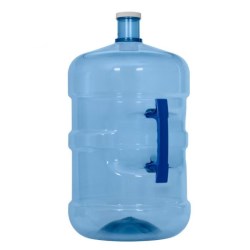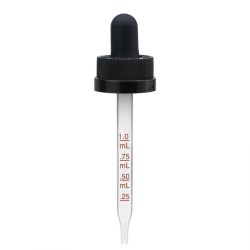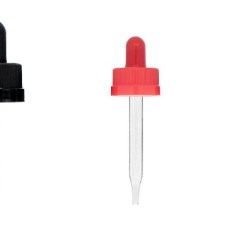Public
Dempsey International Packaging
Dempsey International Packaging Videos
Raptor Packaging Catalog
Raptor Packaging Locations
Raptor Packaging News
If this is your company, CONTACT US to activate Packbase™ software to build your portal.
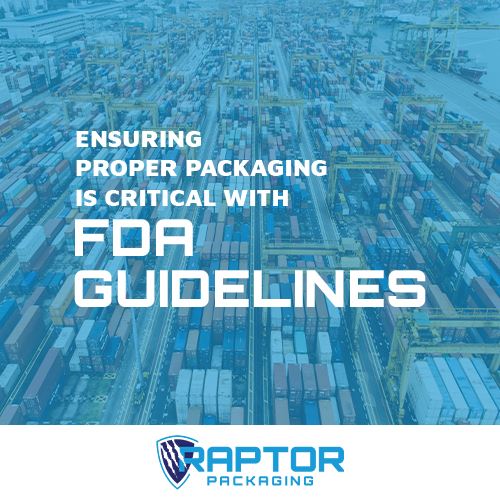

As we are well aware, a key component in the fight against COVID-19 is keeping our hands clean. We’ve seen the many reminders to avoid touching our faces, to be extra-conscious about what surfaces we touch, and to wash our hands regularly and vigorously—especially before we eat and after we cough, sneeze, or blow our noses.
Among other recommendations, the FDA has advised, “if soap and water are not readily available, the Centers for Disease Control and Prevention (CDC) recommends consumers use an alcohol-based hand sanitizer that contains at least 60 percent alcohol (also referred to as ethanol or ethyl alcohol).”
With the surge in demand for hand sanitizers, we’ve seen an equal surge in the production of alcohol-based hand sanitizers. We applaud the countless businesses who have converted their production facilities over to produce sanitizing products, ensuring more essential cleaning supplies make it to the shelves and into the hands of consumers.
The FDA released six non-binding recommendations for all those compounding certain alcohol-based hand sanitizer products for use in the fight against COVID-19. Throughout these guidelines is a recommendation to use hydrogen peroxide when producing any hand sanitizer product.
Amongst other uses, “Hydrogen peroxide is a mild antiseptic used on the skin to prevent infection of minor cuts, scrapes, and burns.” It’s a simple, transparent ingredient—with serious implications on the types of packaging that can be used to store the product safely on the shelf.
Have you ever wondered why hydrogen peroxide is traditionally packaged in a brown bottle? While hydrogen peroxide is itself clear, any contact with light degrades it, rendering the hand sanitizer unfit for use. Unfortunately, this reaction is not something a lot of people are paying attention to due to a lack of knowledge. As such, we have quite a bit of product on the shelf without proper testing.
We strongly urge anyone using the FDA’s recommended formulas to package their hand sanitizer in either colored high-density polyethylene (HDPE) or amber polyethylene terephthalate (PET) to ensure the product does not come into contact with light. This will help ensure longer shelf life and full, proper usage by the consumer.
When sourcing packaging for your hand-sanitizing product, be sure to select a packaging partner that knows and understands the do’s and don’ts of packaging.
For any questions related to hand sanitizer packaging and other products related to combatting COVID-19, our knowledgeable team at Dempsey International Packaging is available as a resource to you. Simply email info@dempseyinternational.com to get in touch.
Authored by: George W. Dempsey Jr, CEO of Raptor Packaging & Dempsey International Packaging
George is a leading expert on Asian and Latin American Packaging Supply Chain dynamics. His expertise spans 25 years of supply chain and business development in foreign markets, including multiple board level positions. He is a graduate of Northern Illinois School of Business and holds multiple degrees including an Executive MBA.


.jpg)
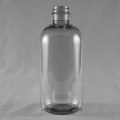
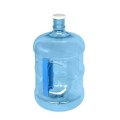

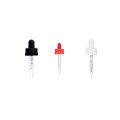



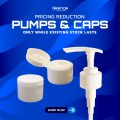
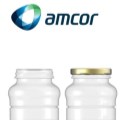



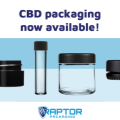


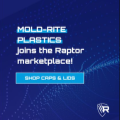

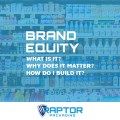





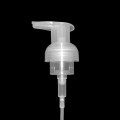
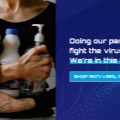







.jpg)


